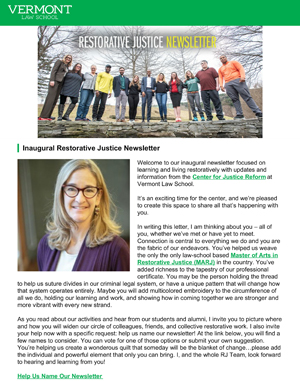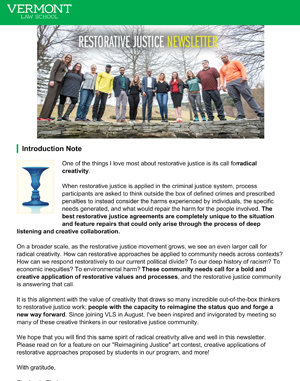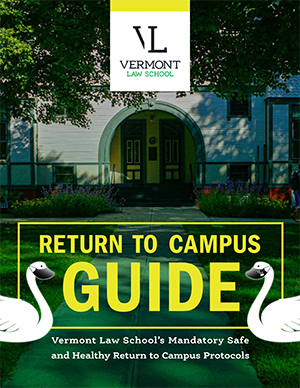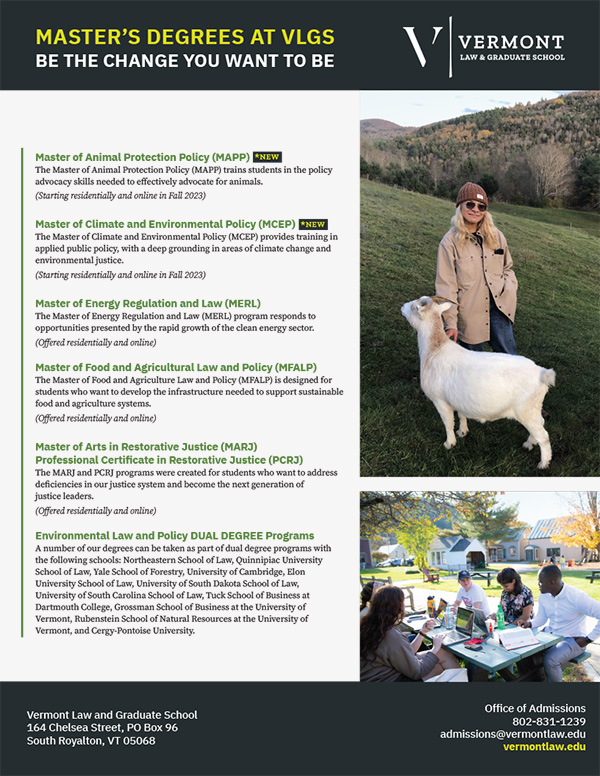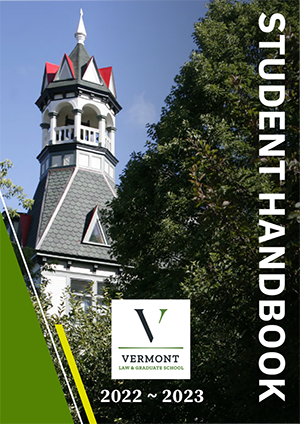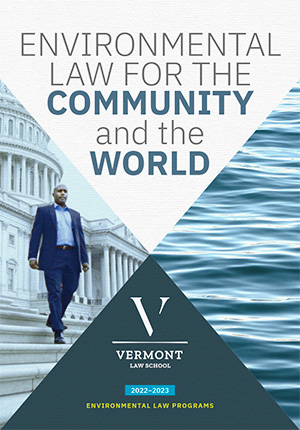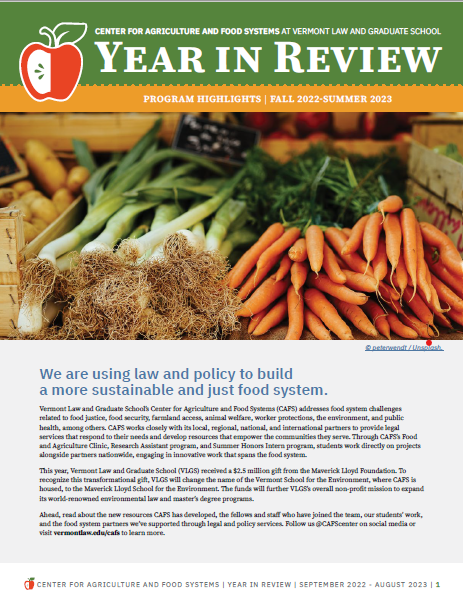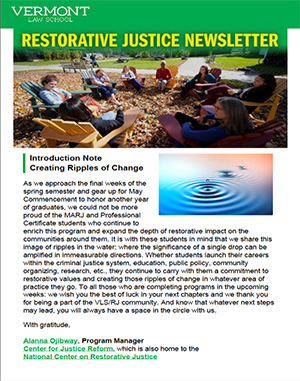Earlier this year, when television stations broadcast therusty water spilling from taps in Flint, Mich., the outcry was swift. President Barack Obama called the situation “inexplicable and inexcusable,” celebrities donated over one million bottles of water to residents, and Flint parents openly worried about the lingering effects of elevated lead levels in their children’s blood.
Surely, the 40-year-old Safe Drinking Water Act was meant to prevent tragedies such as the one in Flint which began when the city started siphoning water from the Flint River to save money. That water corroded old pipes, and illustrated that something as seemingly simple as access to clean, ample water is not a given even in 2016.
Aging infrastructure, including lead pipes, in Eastern and Midwestern cities. Toxic algal blooms on the Great Lakes. Chronic water shortages in Western states. The threats to clean water, water that sustains the multiple species and interests that depend on it, morph from east to west. And in both the East and the West, a handful of Vermont Law School alumni are working quietly and some not-so-quietly, on the front lines of water rights, quality, and conservation.
The East Coast: A Thousand (Non) Points of Pollution
In the 1600s, immigrants arriving from a filthy Europe marveled at the pristine, fresh water they encountered in New England. “We … found Springs of fresh Water, of which we were heartily glad, and sat us downe and drunke our first New England Water, with as much delight as ever we drunke drinke in all our lives,” wrote pilgrim Edward Winslow in 1621. Yet there were still lessons to be learned: As early as 1607, some Jamestown settlers died after drinking from water sources where they had dumped their own waste.
Human and industrial pollution in the eastern U.S. only intensified in the late 1800s and 1900s. Individual states began responding with their own laws and regulations in the 1890s, but a few decades later, some New England rivers were so sullied by mill effluent and industrial waste that their fumes could peel the paint from nearby houses. The Federal Water Pollution Control Act of 1948 aimed to curtail unbridled post-war water pollution; in 1972, partially in response to public concern with pollution, Congress passed the Clean Water Act, a dramatic revision and expansion of the 1948 act (and they overrode a veto from President Richard Nixon to do so).
Forty years later, the threats to the East’s water resources have evolved from visible to less visible sources. “In the ’70s and ’80s it was large industry, in the ’80s and ’90s it was smaller industry and municipalities and in the ’90s and 2000s, it’s storm water,” says William E. Taylor JD/MSEL’83, a partner at the Portland, Maine, firm Pierce Atwood LLP. “The last bastion of unregulated, or little-regulated, pollutant sources are nonpoint sources, as well as air deposition.”
Since graduating in 1983, Taylor’s professional life has been entwined with water law and conservation and he’s represented “both the clean water and the waste discharge sides,” including watershed groups dischargers, and government organizations. He spent 25 years on the New England Interstate Water Pollution Control Commission, and has had a hand in rulemaking in Maine as well as Malaysia and Kazakhstan, where he helped rewrite water discharge regulations.
Though Taylor praises Maine’s strong environmental ethos—“The Clean Water Act says you have to regulate to x, and we regulate to x, y, and z”—he remains concerned with greenhouse gases and airborne pollutants, such as lead and mercury, that drift into Maine from points west and settle into lakes and coastal waters, acidifying them. Of Maine’s 3,400 or so lakes Taylor says, “Every one is in nonattainment for mercury. Just consider that many of our thousands of lakes are completely undeveloped, natural lakes with no discharge into them. The only discharge is air deposition coming from other parts of the country.”
Due to acidification along the coast—driven by global warming, runoff, and air pollution—Taylor notes there has already been a decline in soft-shell clams in Casco Bay. “When Maine starts to lose its lobster industry watch out. When ocean acidification starts to have a serious economic impact, then maybe something will get done.”
The fact that states can’t regulate air crossing its borders was part of the impetus behind the Clean Power Plan, the EPA’s plan to limit pollutants from existing coal-fired power plants. In February, the United States Supreme Court stayed that plan. “The Clean Power Plan could help eliminate some of the acidification impacts but there’s an inertia at the federal level that’s just incredible,” Taylor says. “The intersection between clean water and clean air is coming quickly. Someone has to come up with a creative solution to integrate these two programs. Without it, the Northeast states will still be the tailpipe of the United States.”
Two states over, in Vermont, the groundwater supply is clean and plentiful, but that requires constant vigilance. The state’s 1,400-plus public drinking water systems are overseen by Vermont’s Drinking Water and Groundwater Protection Division, where Ben Montross MSEL’07 works as compliance and support services section chief. “We’re lucky in that we have high-quality groundwater and drinking water in the state that we work very hard to preserve,” says Montross. “We view groundwater as a public trust in Vermont, and we’re very careful to the extent to which it’s permitted, used, and withdrawn.”
Vermont has a preemptive approach to water-source quality, says Montross, including careful site selection for new sources and proactive regulations: Vermont banned lead solder in 1988, three years before the EPA issued their own rule, and the state has a more stringent limit on uranium than the EPA. System operators regularly test for contaminants, tests that are analyzed by state labs.
“The bacteriological contamination of systems is something we spend a lot of time, energy, and management on,” says Montross, as coliform levels can rise due to crumbling infrastructure, operational integrity issues or flooding. Constant sampling is critical—which brings Flint to mind.
“A Flint” is not likely to happen in Vermont, says Montross. ” permit from us.” That triggers a system of checks and balances, including intense vetting of the new source.
The Wild Water Rights (and Fights, and Floods) of the West
At the turn of the last century, along the banks of western Montana’s Burnt Fork Creek, two men argued over an irrigation diversion. Soon, one of them was dead.
Or so the story goes. That long-ago Bitterroot Valley altercation has been oft-cited to illustrate how inflamed water disputes can become here. In fact, the first court-ordered adjudication of water rights in Montana, in 1905, applied to Burnt Fork Creek.
In western states, the riparian water rights of the East give way to prior appropriation doctrine, or a “first in time is first in right,” water rule: The rights of the original user of a water source trump those of downstream users, as long as the original use is deemed reasonable and beneficial. And if that first user doesn’t exercise those rights, they can lose them—“use it or lose it”—which can complicate conservation efforts.
In the oft-parched West, maintaining that century-old doctrine can trigger disputes and litigation, especially in the face of population growth and more frequent droughts. “The more layers you peel back in the water world, the more complex it becomes,” says Michael Downey MSEL’94, the water planning section supervisor for the Montana Department of Natural Resources and Conservation. Downey was project coordinator and one of the primary authors of the Montana State Water Plan issued in January 2015 after a two-year process of public hearings and research. Montana had intended to assess its resources ever since the state’s Water Use Act in 1973 but took awhile to get around to it. “In terms of dealing with drought and climate change, there was this realization that we need to have a better handle on our water supply,” says Downey.
That robust water supply spans four major river basins and 170,000 miles of rivers and streams. The anxiety provoked by a growing population is evident in the plan, which enlisted the input of diverse stakeholders and calls for a more precise inventory of fluctuating water resources. “For effective drought planning, you need to go through a collaborative process where stakeholders work together to figure out how they’re going to handle a water shortage. If you decide to wait until the shortage comes, it’s too late,” Downey says.
Part of the challenge faced in Montana, he adds, is that “water is cheap,” so it can be difficult to entice users to cut back. “We’re on the cusp of figuring out how to become more efficient,” says Downey, who calls the plan “a vision document.”
Fellow Montanan Guy Alsentzer JD/MELP’09 wishes that vision also focused on water quality, which he thinks the state wrongly separates from water quantity. “The state plan is a well-intentioned effort, but it is not dispositive in terms of managing Montana’s water resources,” says Alsentzer, founder and executive director of Upper Missouri Waterkeeper in Bozeman. “It’s a discretionary plan with no binding impact as a matter of law, and therefore an empty gesture toward figuring out how we allocate finite resources among many different sectors.”
After graduation, Alsentzer toggled between Montana—where he worked at the Gallatin County Attorney’s Office and Western Environmental Law Center—and the East Coast, where he spent two years as a staff attorney for a riverkeeper organization in the Chesapeake Bay region. He returned to Montana in 2013 to found Upper Missouri Riverkeeper, which “combines strong science the law, and community action to hold decision-makers accountable and figure out new protections [for water].”
The striking 25,000 square miles of the Upper Missouri watershed include the headwaters of the longest river in the United States, the Missouri, which meanders 2,341 miles and passes through one-quarter of the country’s agricultural land, before spilling into the Mississippi River north of St. Louis.
Alsentzer says the Upper Missouri river basin is afflicted by “unnaturally high” levels of nutrients such as nitrogen and phosphorus, as well as sediment and high temperatures. “The basin is suffering death by a thousand cuts from unsustainable agricultural practices population sprawl, climate change, natural resource extraction, and the pollution legacy of old mines.”
Montana’s turbulent history of conflict around water rights is also checkered by an uneven stance concerning water pollution from mining operations. “Montana is a headwaters state blessed with incredible water resources but is also cursed with incredibly divisive politics,” says Alsentzer. Upper Missouri Riverkeeper pursues a long-term approach of keeping up political pressure to “fix broken rules. To enforce change, sometimes you have to come up against the status quo, and the status quo is often informed by powerful interest groups that do not see clean water as their number one priority.”
Advocacy is also at the heart of the work of Jacqueline Daoust MELP’09, a watershed program assistant for the Coal Creek Canyon Watershed Partnership (CCCWP) in Colorado. In September 2013, Coal Creek Canyon, 32 miles northwest of Denver, was ravaged by flooding that damaged homes, businesses, and washed out parts of Highway 72. After the disaster, the state funded CCCWP, a pilot effort to build resilience in the canyon via advocacy community building, and structural changes to the creek and its banks. And Daoust is on the ground there many days, meeting with engineers or knocking on the doors of homeowners along Coal Creek to discuss plans for natural-stream restoration that may prevent future damage. “Residents have a chance to make their properties more resilient with the help of public funding,” says Daoust. “Once we know what money is available, we’ll work with landowners to learn what they would like changed, and to help plan preemptively so that the canyon will be better prepared for the next flood.”
It is not her first stint in water: Daoust worked in various conservation roles during her 12 years living in New England. However, while she “left her heart” in New England, “What I wanted to do in conversation work, in land or water, wasn’t necessarily available in the New England area, where jobs were sparse. In Colorado, if you want to ‘save the environment,’ conservation is a way of life and widely accepted across political parties.”
Daoust has been struck by the differences between New England, where “nonpoint runoff is the main [water] issue, and you can’t see that” and semi-arid Colorado where water shortages are front and center.
California: Parched but Proactive
Part of that aggression might stem from Colorado water rights. “Use it or lose it” means that original users sometimes divert more than they need from the Colorado River, tightening supplies for 40 million people downstream including residents of California.
California’s historic drought has entered its fifth year and some small towns, such as East Porterville, have run out of water completely. Last spring, the state imposed water conservation rules that limit such tasks as washing cars, watering lawns, and filling pools, and has compelled some municipalities to curtail their water use by 25 percent.
Charged with implementing those restrictions—as well as a myriad of tasks related to water rights, water quality financial assistance, and conservation—is the California State Water Resources Control Board. Advising that work as well as the work of nine other regional water boards is the state’s Office of Chief Counsel. “The drought has had enormous consequences on people and wildlife in California,” says Michael Lauffer JD/MSEL’95, chief counsel. It has also impacted his office, which when fully staffed, consists of 54 attorneys that need to be up to speed on what Lauffer calls “one of the most byzantine water rights systems in the world. It has elements of the riparian doctrine, the prior appropriation doctrine pueblo rights, and then a fairly robust public trust doctrine that has its origins in Roman law.”
California’s drought has brought about an accelerated evolution of water rights and their interpretation. “The drought has forced the board to make the kinds of decisions that we would normally do in a long-term planning process, that take many years, and you’ll see real-time balancing going on amongst those various competing uses,” says Lauffer. “[Water] is extremely contentious, and it is a perpetual and constant balancing act that the board has to take.”
For instance, the state has tinkered with elements of its prior appropriation water doctrine. “When there’s a shortage of water, whoever has the most junior, or most recent right, normally cuts back completely before the next person has to cut back at all,” explains David Rose MSEL’06, a staff counsel who works on water rights and one of four VLS alumni who work in the office. Instead the water reduction rules of 2015 and 2016 apply to all users—and other emergency regulations implement the mandate that all water use has to be reasonable and beneficial, as opposed to wasteful. “[That doctrine] is an overlay to all water rights that isn’t always present or active.”
Drought also compelled the board to set minimum flows for three tributaries of the Sacramento River restricting diversions to first protect endangered salmonids and human health and safety needs. “That was pretty much brand new for California, and it was pretty cool,” Rose says. “The state water board used an authority that’s long been available, and always been the law of the land, since the 1920s or so, that water use for any and all water rights not be unreasonable or wasteful, and made a concrete example of a type of use that’s going to need to be met before all other uses.”
Scarcity is certainly breeding ingenuity in California: The state is proactively pursuing desalination, and has been leading the charge on using recycled water. “I think we have realized, through the drought, that a combination of state and local planning is needed to address water shortage conditions in the short term, and with climate change banging on our door, to address how we move in and out of droughts in the future,” says Rose.
The state’s moves echo the message that Tuholske passes on to his VLS students. “Using water as a receptacle for waste, or to water one’s crops or fill a swimming pool, is a privilege,” says Tuholske. “We need to create and maintain a legal system that reflects those values.”




